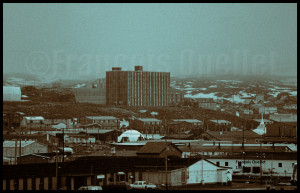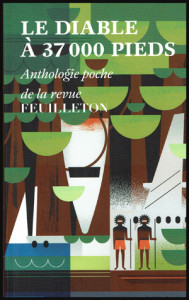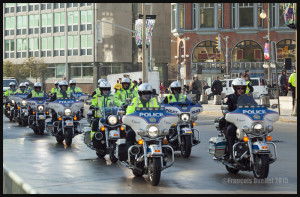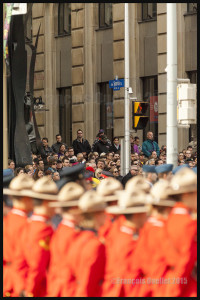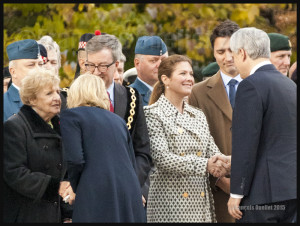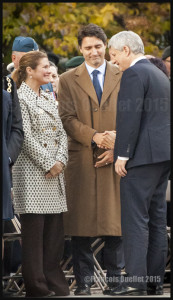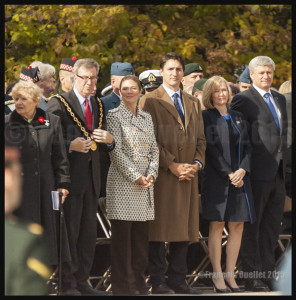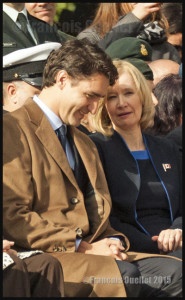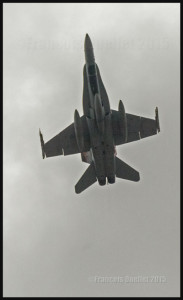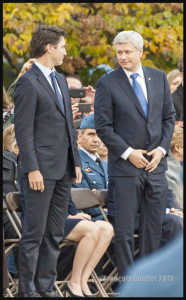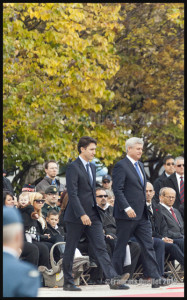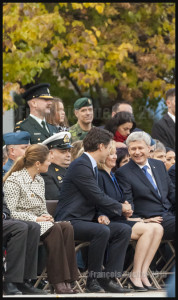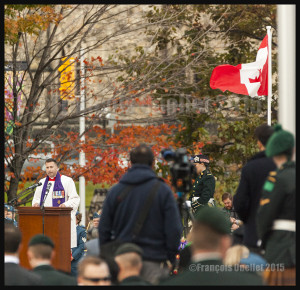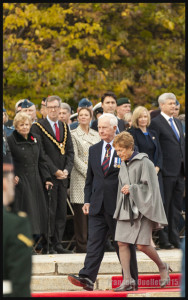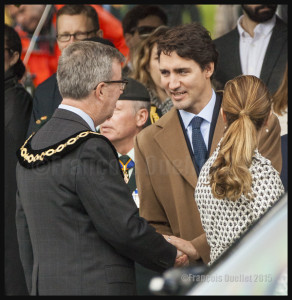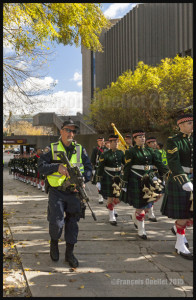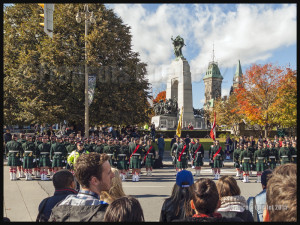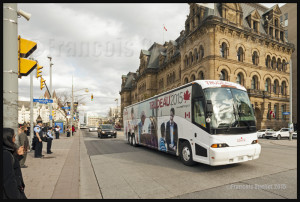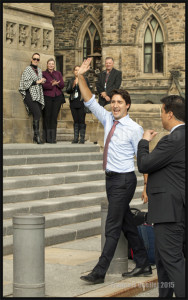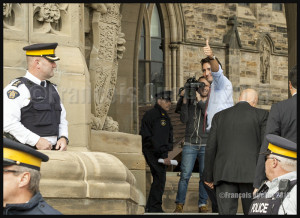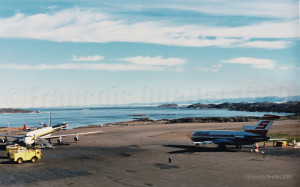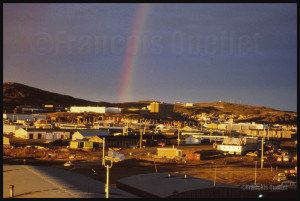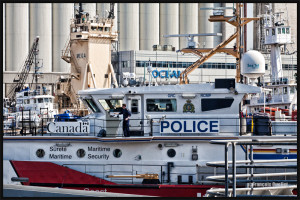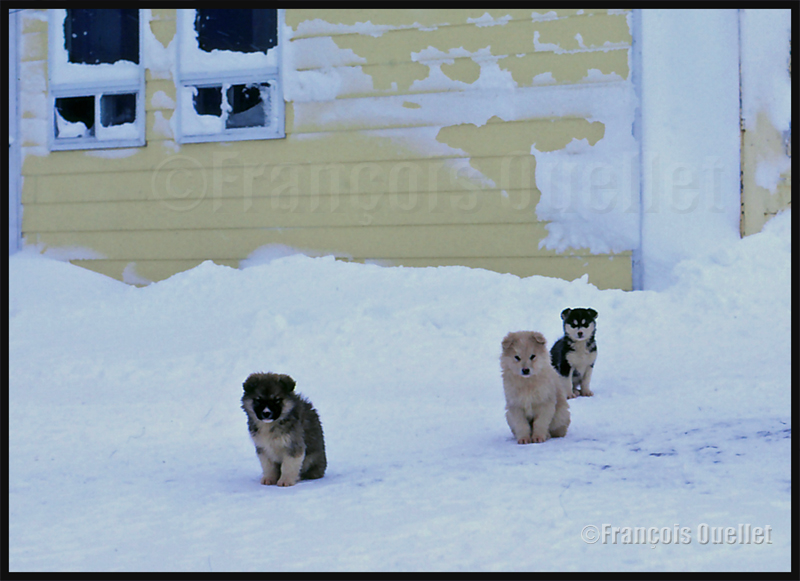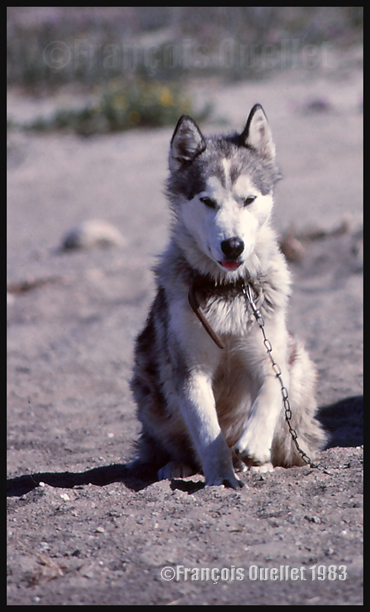On July 1st 1990, few months after having been released from twenty-seven years in jail, the South African President Nelson Mandela stopped in Iqaluit, on Baffin Island in the Nunavut. It was 03:30 AM and the aircraft had just arrived from Detroit in United States. Mandela participated in a special event linked to the three big American car manufacturers where he was invited to deliver a keynote speech.
I figured that this trip to Detroit must have brought him found memories since, in his autobiography, he mentioned that the first car he saw in his youth was a big black luxury car that he later recognized to be a Ford V8.
After Detroit, the jet carrying the Mandela couple followed an orthodromic line around the planet for the return to South Africa. It meant that a stopover for refuel was mandatory and Iqaluit, in Canada’s arctic, was chosen.
In anticipation for the VIPs arrival, the Transport Canada flight service station and the airport installations had been secured by the RCMP. Before meeting the VIP’s, the Mandela couple took some time to walk toward a group of persons outside the airport terminal. They discussed for a while, each group separated by the airport fence.
As reported by historian Kenn Harper in Nunatsiaq News in 2008, the security staff tried to rapidly bring back the Mandela couple inside as there were VIP’s waiting for them. But Mandela answered: “There are no more important people in this town tonight than these folks who have come out to talk with me. I’ll be in when I’ve finished speaking with them.”
In his memoir, Conversations with Myself, he wrote: “What struck me so forcefully was how small the planet had become during my decades in prison; it was amazing to me that a teenaged Inuit living at the roof of the world could watch the release of a political prisoner on the southern tip of Africa.”

As they entered the Transport Canada installations, Nelson and Winnie Mandela were greeted by several persons, among which Iqaluit’s Inuit chief. A ceremony was held in a room next to where I was working, one floor lower, under the flight service station (FSS) tower.
Around 04:00AM, I came down from the FSS tower to transmit an important message regarding the return flight. At the bottom of the stairs, positioned on the other side of the door, was a huge policeman blocking our staff from accessing the corridor.
I tapped lightly on the windowed door and showed him that I had an urgent message for Mandela’s entourage. He refused to budge. The smooth way not bearing any results, I used the necessary means to achieve success. This did not go without a bit of noise.
The policeman finally let me go through, knowing very well that all flight service specialists were screened for security on a regular basis. But looking at his facial expression, it is obvious that we were not friends anymore.
Obviously, all my attempts at opening the door disrupted the ceremony a bit. As I was delivering the message, I saw the Mandela couple sitting in a nearby room, few meters away, attending a traditional Inuit dance performance. Drawn by the noise in the corridor, Nelson Mandela diverted his attention and we looked at each other for a short moment.
What surprised me the most was to see this remarquable man sitting straight in his chair, like a young man in his prime, showing no signs of fatigue, despite a very busy day and such a late hour that would not allow him to rest before 0500AM. That night, I understood a bit more what involved the responsibilities of a head of State and all the energy required day after day to occupy the position.
For more real life stories as a FSS in Iqaluit, click on the following link: Flight service specialist (FSS) in Iqaluit
